Wondering how to improve (or, perhaps, start doing) the onboarding process with Microsoft Teams? Keep reading – whatever stage you’re at right now, nBold is here to help guide you through this process.
We know how important these first months at a new job are – we’ve all been there. We also know that, if done properly, this can be a rewarding experience. It’ll help your new hires emerge into your company’s culture and new responsibilities and will help you retain talent.
Since our work at nBold revolves around Microsoft Teams and this is the platform we use for literally everything, let us share with you our expertise on how to do onboarding with Teams.
Onboarding challenges
Onboarding is always challenging. And it goes both ways – new hires and their managers can be equally stressed about it, although for different reasons. According to the research by the University of Minnesota, most supervisors state that their biggest challenge of onboarding is balancing their current workload with onboarding responsibilities.
Before heading to Microsoft Teams capabilities, let’s first have a look at some of the common onboarding challenges that Teams can address.
Remote onboarding
And everything that goes with it – getting to know new colleagues without meeting them, learning about company’s culture, helping new hires feel welcomed and develop the feeling of belonging, integrating them into the teams and not overwhelming them with loads of information – are some of major concerns of managers when hiring a new employee remotely.
Luckily, there are ways to overcome these challenges, which we discuss in detail in our articles about remote work culture and remote working with Microsoft Teams.
Lack of onboarding guidelines
Onboarding needs to be a well-thought-out process with clear objectives and expectations from a new hire, especially when done remotely. These days most of us do home office or at least hybrid work. Even so, new hires cannot shadow their colleagues and learn from peers. This is why they need to have clear instructions on what to do and how to do it.
Providing onboarding guidelines for new hires will help them understand better your company’s culture and working style, know what’s expected from them and integrate faster in the team.
Lack of structure and planning in the onboarding process
Lack of structure in onboarding can be frustrating both for the new hire and for the manager. The new employee doesn’t know where to start and their supervisor has no idea how to properly explain what they need to do. Moreover, managers are overwhelmed with their own job duties and find it challenging to balance that with guiding a new hire.
Building a structure for the onboarding process can save both of you some time and nerve. Defining onboarding tasks, outlining main deliverables, and providing training materials to quickly learn how to achieve that is key to structuring this process. Additionally, setting priorities and timeline can help you keep the right balance between your main duties and guiding a new hire.
→Download White Paper: How to Use Microsoft Teams for Onboarding – Best Practices
How to use Microsoft Teams for onboarding
Now that we’ve identified some key challenges of the onboarding process, let’s see how Microsoft Teams can help address them.
Schedule regular onboarding meetings in Microsoft Teams
Before your new employee starts their new job, make sure to warmly welcome them into the team. Organize a 1:1 meeting explaining well what they will do in the coming days, weeks, and months. Let them know that you’ll be there along the way.
Schedule recurring meetings – first daily and then weekly, depending on how well they are doing. This will be a good way to understand their working style, hear feedback about their responsibilities and fresh ideas on how to enhance certain processes. Encourage your new hires to share their thoughts. This will be valuable both for you and for them.
And of course, it’s important to introduce your new team member to the rest of the team through virtual meetings if you’re operating remotely. You can start with an icebreaker, asking everyone to share some fun stories.
It would be a good idea to organize short weekly meetings, where everyone could have some tea or coffee and chat about not work-related topics. This is a great way to compensate for the lack of social interactions in the office where new employees connect with their colleagues.
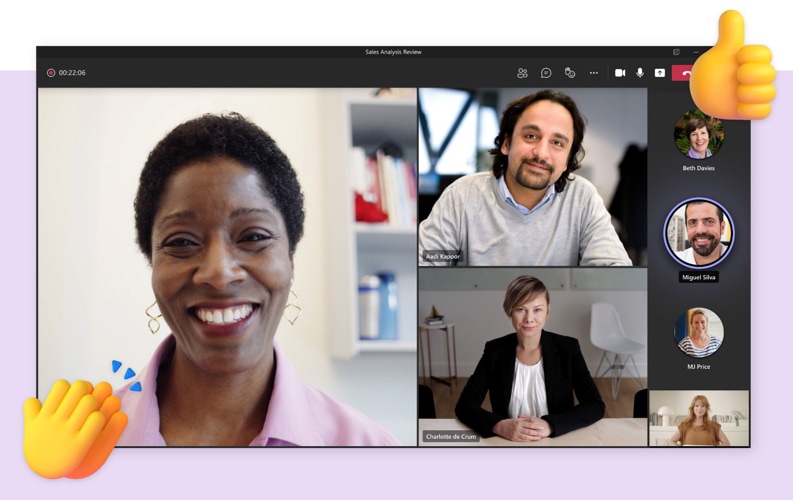
Organize live training sessions
In order to familiarize your new employees with their new responsibilities and train them for the job you can schedule a live event to host an engaging training session. Explain how to master different tools that your company uses daily, share some best practices and techniques they could use to do their job better. Don’t forget to have a Questions & Answer session afterwards to address any pressing question your new hires might have.

Connect new hires with other employees
If you’re working in a large firm with numerous departments and multiple locations, chances are your organization uses Yammer alongside Teams. Yammer is an enterprise social networking platform that does a great job connecting employees around different across the organization.
Look into Yammer communities that could be useful for your new hires and invite them to join. That can be an essential part of the onboarding process. Introduce them to the right people in your firm. You may want to connect them with other employees that your firm recently recruited. You can also introduce them to other specialists from their own field. This way, they could learn more about their new job, receive tips and learn best practices from the best in their field.

Share training materials
You can use Microsoft Teams to store, share and work on files. If you create an onboarding team in Microsoft Teams for each of your new hires, you can upload all the necessary files, videos, and other training resources that they could easily access in the Files tab.
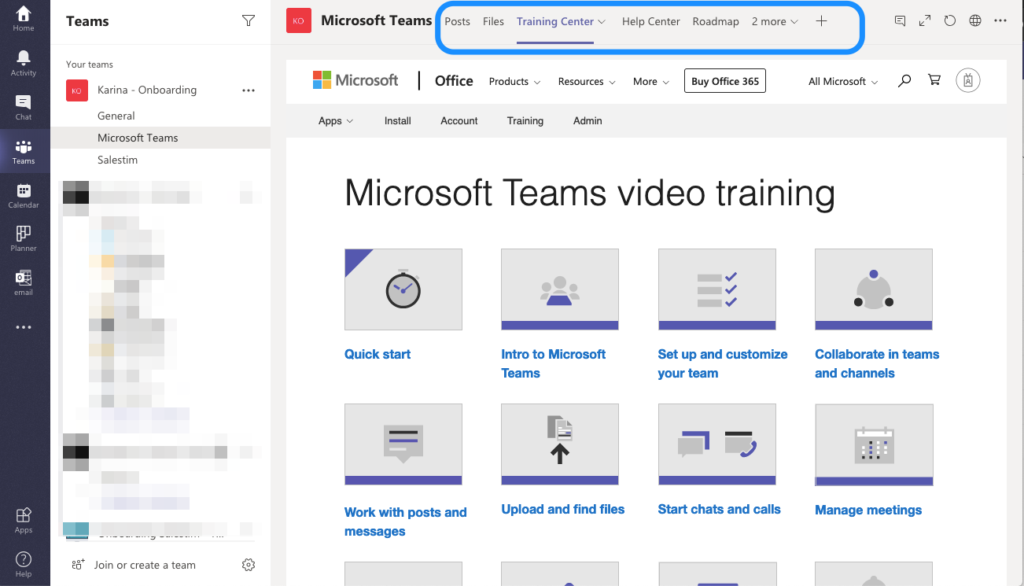
Stream video resources
If you have quite a few training videos for your new employees, you can make them more visible with Microsoft Stream. Just upload them in the app and then add it as a tab in the corresponding channel. Voila!
These videos are quite easy to access, and they can be streamed right in the Teams environment. Make the onboarding process more interactive by sharing useful video resources right in Microsoft Teams.
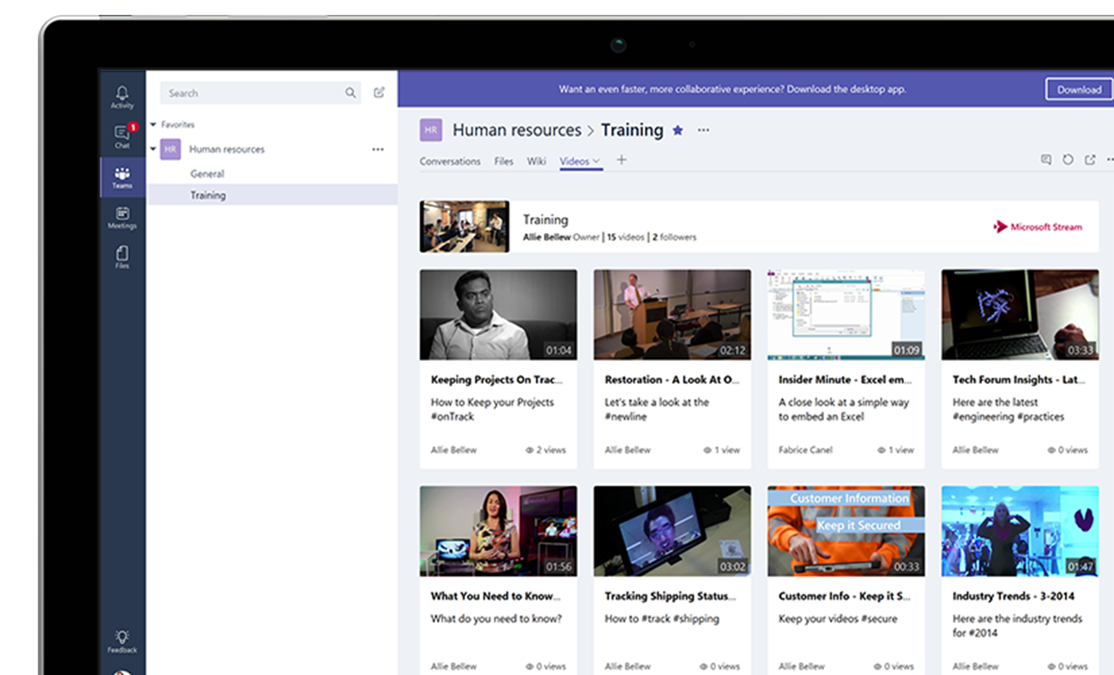
Create a SharePoint site
To make sure your new employee doesn’t miss any essential information, you may want to create a dedicated SharePoint site. You can use it to provide resources, news, general information, and connect them with colleagues, communities, and culture. Then, add it as a tab in teams for onboarding for easier access and more visibility.

On top that, you can build an app from your SharePoint site using Microsoft Teams App Studio.
Plan onboarding tasks in Microsoft Teams
And last but not least, we strongly recommend you use Planner for organizing onboarding tasks (we do too, and it’s a real lifesaver).
This tool doesn’t only help you structure and plan the entire onboarding. You can also use it to organize yourself and your entire team’s working process.
But let’s not get ahead of ourselves and go back to onboarding. In the meantime, if you’d like to learn more about Planner, you don’t want to miss this article.
Planner allows you to create onboarding tasks, separate them into distinct categories and buckets, add color scheme, include checklists, attach files, and add links, set priority levels and timeline. You and your new hire can then track which tasks are in progress and which are finished. Also, see what tasks are due in the coming days, weeks and months.
You can create such buckets as:
- Our Company
- Our Product
- Your role
- Competitors, etc.
And then create tasks with a checklist accordingly that would correspond to each bucket.
If we take an example with the task Learn about our work culture. The checklist may include:
- Vision and mission
- Values
- Working style
- Working schedule and holidays
- Teambuilding events, etc.
Add links to your company’s website or other resources where they can find this information.
You can always ask your new employees to organize themselves and set priorities for tasks on their own. Just make sure you set your expectations clear about the workload and deliverables.
Head over to this article to get 15 Planner templates examples
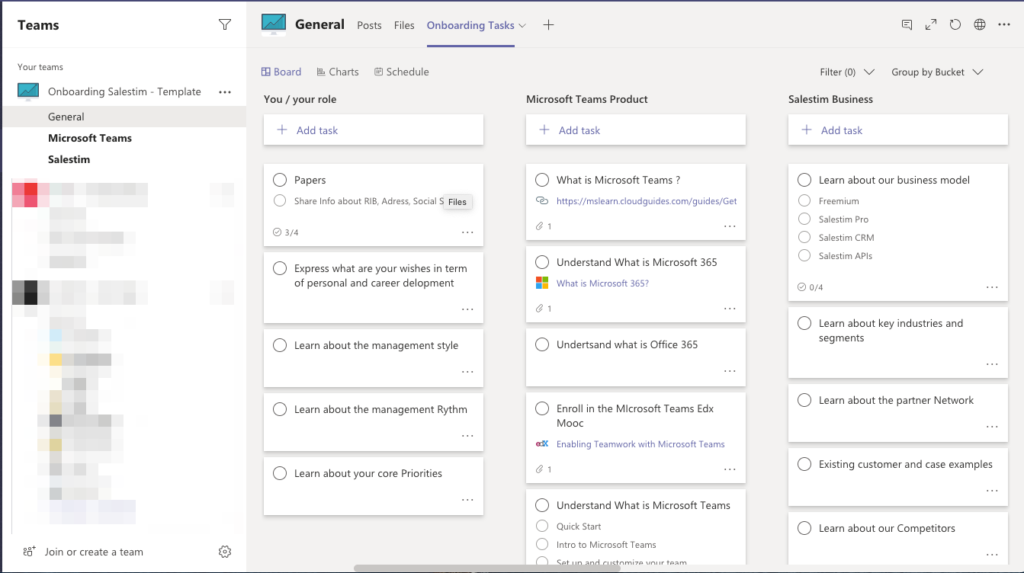
Microsoft Teams & Planner: Best practices
Learn how to make the most of Teams <> Planner integration and build teams with pre-built Planner task boards
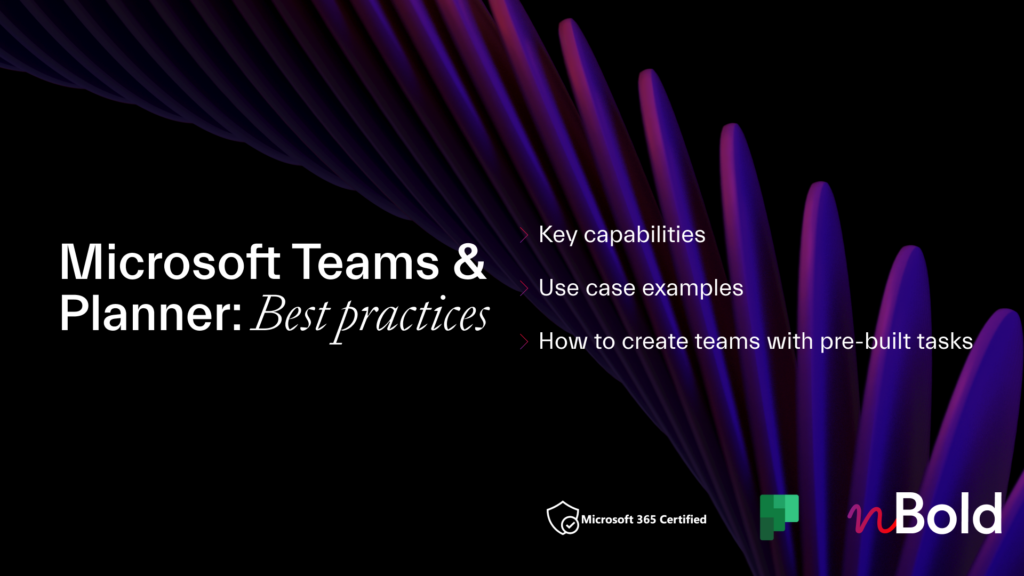
Collaboration Template for Onboarding in Microsoft Teams
Creating a new team for each new hire can be very time-consuming. There’s a way to automate this process, allowing you to focus on your work duties instead of worrying about building yet another team. This can be achieved with Collaboration Templates.
You will just need to create the original onboarding team once with all the channels, files, apps, and tabs and then use it as a template for all future teams. To learn more about Microsoft Teams templates, click here.
All the employees at nBold did our onboarding in this very way, and honestly, we couldn’t wish for a better onboarding process.
Channels
Channels may vary depending on the company’s activities and positions that new hires fill. We suggest creating the following channels:
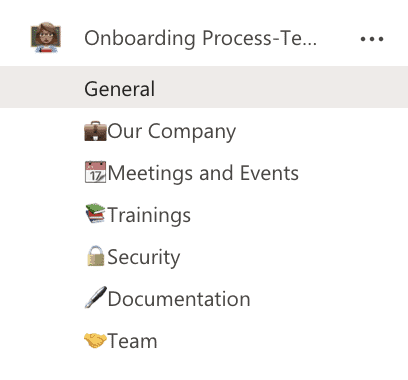
- Our Company
- Meetings and Events
- Training
- Documentation
- Security
- Team
Tabs
Tabs may include all the apps that could help your new employee onboard faster – Yammer with useful communities, Stream with training videos, a SharePoint site for onboarding and, of course, Planner.
In Planner you should include all the tasks that would help your new hire quickly learn about your organization’s activities, the tools you use, their responsibilities, and other essential elements.
Add checklists and links to training materials so that your new team members knew exactly where to start.
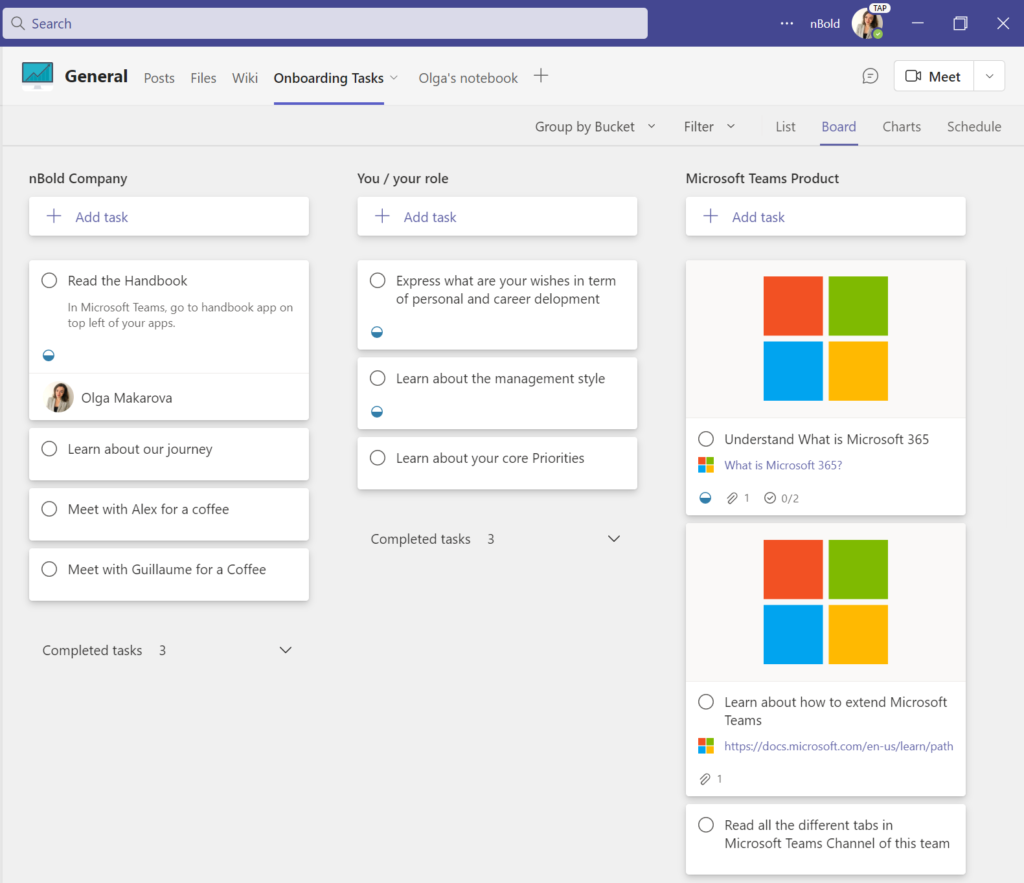
After your original team is built you can use it for building the onboarding template. Rest assured that all the teams created from the template will automatically clone its entire structure, including all the files, tabs, and apps already pre-configured.
This onboarding process not only gives your employees the guidance they need when they take on a new job. It also empowers them, gives them the freedom to organize and prioritize their tasks. This innovative approach to onboarding can go a long way and foster creativity and new thinking in your organization.
Sounds like something your organization could benefit from? Talk to our team, and we’ll help you build the right onboarding template in Microsoft Teams for your organizational needs.
